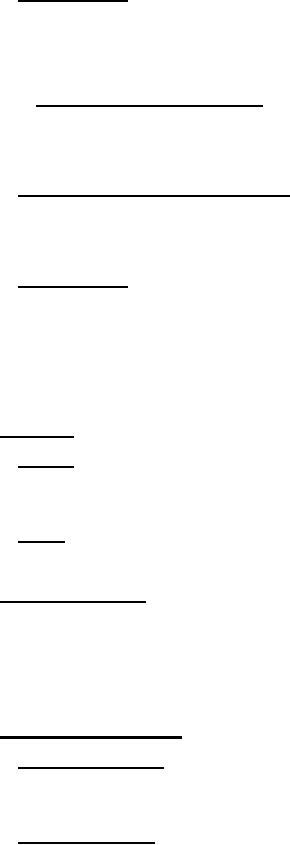 |
|||
|
|
|||
| ||||||||||
|
|  MIL-R-85523A(AS)
4.8.4.1 Body leakage. The regulator shall be subjected to an inlet pressure
of 30 psig with the outlet capped. Overall leakage shall be measured either by a
suitably corrected flow meter in the inlet line, or by collecting all outward
leakage from the regulator. The test shall be repeated for an inlet pressure of
80 psig. The leakage shall be recorded and pass the requirements specified in
3.6.4.1.
4.8.4.1.1 Adjustment for bleed flow. If the regulator incorporates a design
bleed flow that vents through the body, an adjustment to the body leakage
requirement shall be allowed. Any flow over the designed bleed flow specified in
3.6.4.1 shall be considered leakage for the body leakage test.
4.8.4.2 Demand valve leakage - outward. The inlet of the regulator shall be
subjected to a pressure of 30 psig while maintaining zero flow conditions at
ground level. After a 3 minute period, the outlet pressure of the regulator
shall be measured. The test shall be repeated for an inlet pressure of 80 psig.
The regulator shall pass the requirements specified in 3.6.4.2.
4.8.4.3 Relief valve. The regulator shall be supplied with an inlet
pressure of 30 psig. A pressure of 20 inches shall be applied to the regulator
outlet. Flow through the relief port shall be recorded. The applied pressure at
the regulator outlet shall be increased to 27 inches. Flow through the relief
port shall be recorded. The applied outlet pressure shall be increased until
flow through the relief port exceeds 45 lpm. The applied pressure shall be
recorded. The applied pressure shall be reduced to 18 inches of water and the
flow through the relief port shall be recorded. The regulator shall pass the
requirements specified in 3.6.4.3.
4.8.5
Overload.
4.8.5.1 Outlet. The inlet and all other orifices shall be capped and a
pressure of 20 inches of water shall be applied to the outlet of the regulator
and maintained for 2 minutes. The regulator shall pass the requirements
specified in 3.6.5.1.
4.8.5.2 Inlet. While maintaining a zero flow condition at ground level, a
pressure of 150 psig shall be applied to the inlet of the regulator for 3
minutes. The regulator shall pass the requirements specified in 3.6.5.2.
4.8.6 Altitude cycling. While maintaining a flow between 25 and 100 lpm, a
pressure of 30 psig shall be applied to the inlet of the regulator and the
regulator shall be exposed to simulated altitudes of ground level to 50,000 ft.
for a total of 50 cycles. One cycle shall consist of ground level to 50,000 ft.
to ground level. The ascent rate shall be 500 feet per second (ft./sec.) and the
descent rate shall be 1000 feet per second (1000 ft./sec.). Upon completion of
this procedure, the regulator shall be subjected to the inlet and flow conditions
of Table IV. The regulator shall pass the requirements specified in 3.6.6
4.8.7
Extreme temperatures.
4.8.7.1 High temperature. The regulator shall be conditioned at a
temperature of 160 5F for 3 hours. After conditioning and while still at
this temperature, the regulator shall be subjected to the conditions of Table IV
and pass the requirements specified in 3.6.7.1.
4.8.7.2 Low temperature. The regulator shall be conditioned at a
temperature of -65 5F for 3 hours. After conditioning, and while still at
14
|
|
Privacy Statement - Press Release - Copyright Information. - Contact Us |